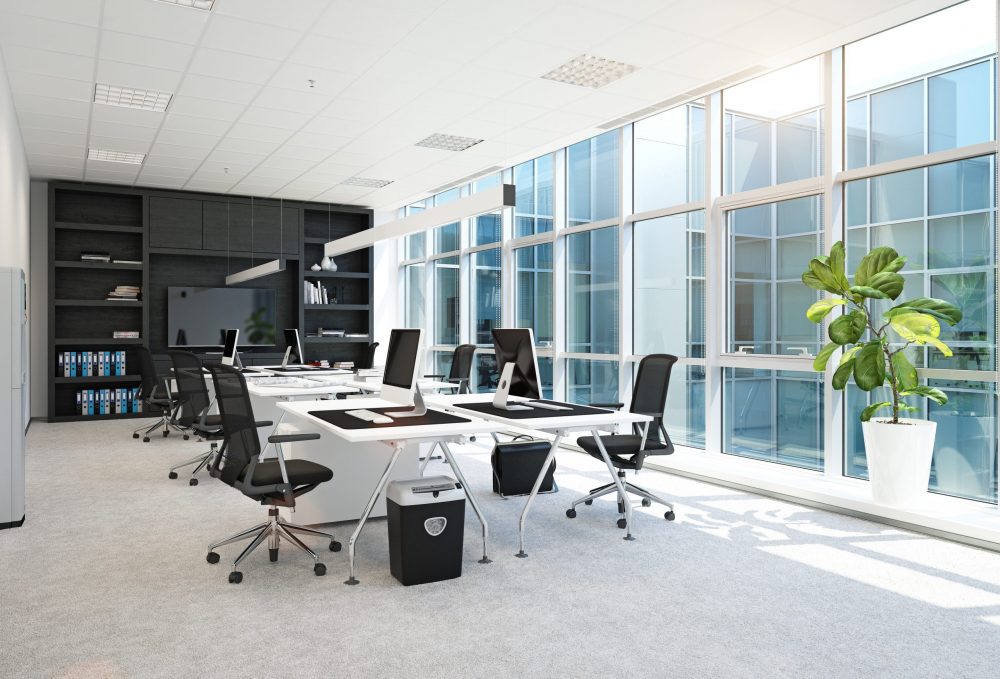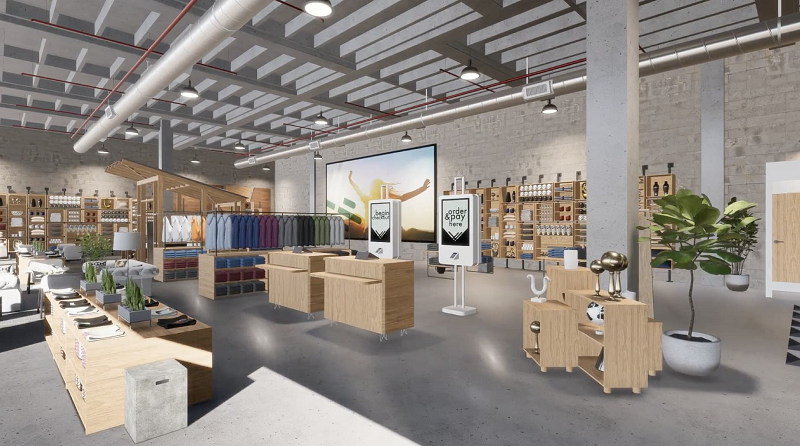The coronavirus pandemic has altered the strategies by which consumers browse to look at products, mainly within the physical retail landscape. Due to this alternation in consumer behavior, stores have to sit in shoppers’ new needs and habits.
The coronavirus pandemic has altered the strategies by which consumers browse to look at products, mainly within the physical retail landscape. Due to this alternation in consumer behavior, stores have to sit in shoppers’ new needs and habits.
As being a physical store, space planning needs to be one of the most effective priorities. While using proper strategy, mapping out a layout, and designing a retail experience that’s both safe and fun may well be a determiner for fulfillment.
1. Start with the right data
Before rearranging a power outlet, managers have to take a stride back and collect the appropriate data with store analytics and store counting to actually make a good retail space planning decisions.

Foot traffic data
Retail footfall traffic data enables managers to understand the quantity of people they frequently have within the shop, their peak days and hrs, and which areas of the shop convey more customers. For instance, if people spend probably most likely probably the most in time the center within the store, products may be positioned to assist more productivity tracking software.
Occupancy figures
Each store has different occupancy limits based on store size and native occupancy capacity guidelines. For instance, some stores are required to function at 50% capacity, additionally for their space must be prepared accordingly.
Staff figures during shifts
When planning retail space, the amount of staff people during various shifts should be thought about. With social distancing measures, stores should reduce the amount of employees or reassign individuals to various shifts or parts of the shop to keep a good distance.
Top products
Knowing the best-selling product enables stores to optimize merchandise placement, stock orders, and store design.
2. Know about buying journey in the customers
Store managers and team people should understand about the buying journey in the customers
What products do customers purchase the most? What’s consumers they’re going once they type in the store?

Can there is a inclination to look around or get inside and outside rapidly?
In-store analytics and heatmap solutions provide techniques to individuals questions and discover the easiest method to pre-plan power together with what layout to make use of. When companies be aware of shopping process, they might apply it as being a reason behind retail layout and magnificence to perfectly complement the shopping process.
3. Consider social distancing and safety measurements
Taking into consideration the present pandemic, you should make customers feel healthy and safe while you shop. To accomplish this, you need to include safety into retail space planning efforts. Including applying retail analytics solutions, for example real-time occupancy, to avoid overcrowding making room for social distancing.





